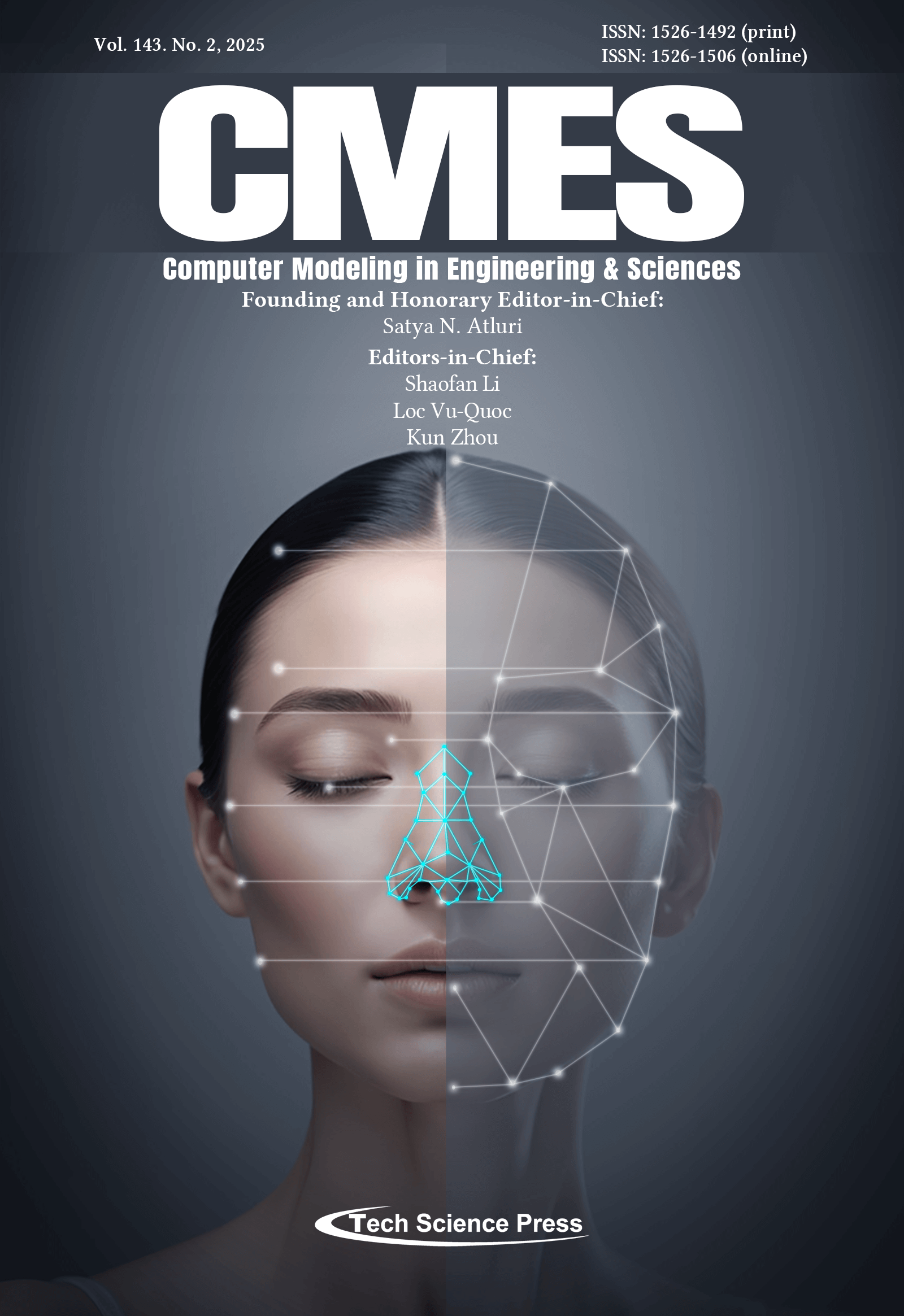Enhanced Multimodal Physiological Signal Analysis for Pain Assessment Using Optimized Ensemble Deep Learning
Karim Gasmi1, Olfa Hrizi1,*, Najib Ben Aoun2,3, Ibrahim Alrashdi1, Ali Alqazzaz4, Omer Hamid5, Mohamed O. Altaieb1, Alameen E. M. Abdalrahman1, Lassaad Ben Ammar6, Manel Mrabet6, Omrane Necibi1
CMES-Computer Modeling in Engineering & Sciences, Vol.143, No.2, pp. 2459-2489, 2025, DOI:10.32604/cmes.2025.065817
- 30 May 2025
(This article belongs to the Special Issue: Artificial Intelligence Models in Healthcare: Challenges, Methods, and Applications)
Abstract The potential applications of multimodal physiological signals in healthcare, pain monitoring, and clinical decision support systems have garnered significant attention in biomedical research. Subjective self-reporting is the foundation of conventional pain assessment methods, which may be unreliable. Deep learning is a promising alternative to resolve this limitation through automated pain classification. This paper proposes an ensemble deep-learning framework for pain assessment. The framework makes use of features collected from electromyography (EMG), skin conductance level (SCL), and electrocardiography (ECG) signals. We integrate Convolutional Neural Networks (CNN), Long Short-Term Memory Networks (LSTM), Bidirectional Gated Recurrent Units (BiGRU),… More >



 Submit a Paper
Submit a Paper Propose a Special lssue
Propose a Special lssue